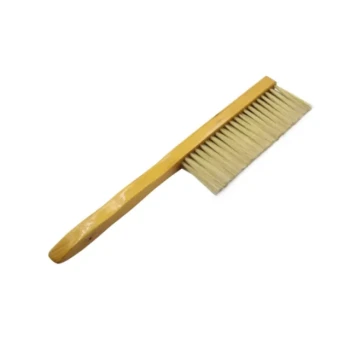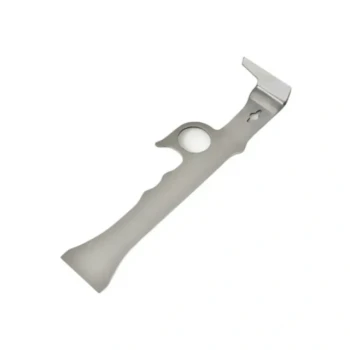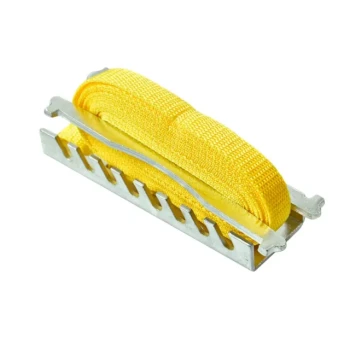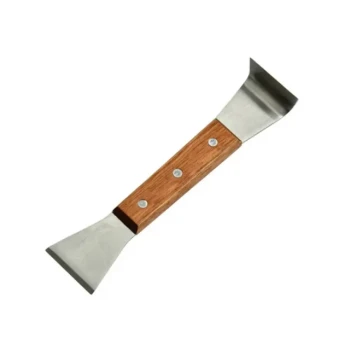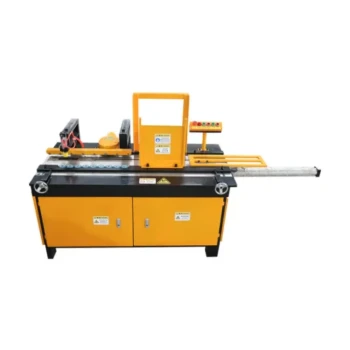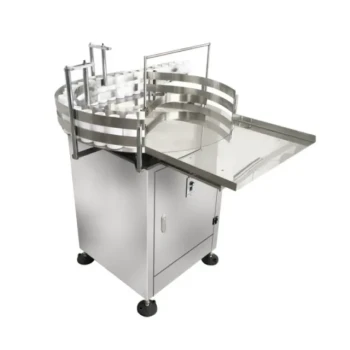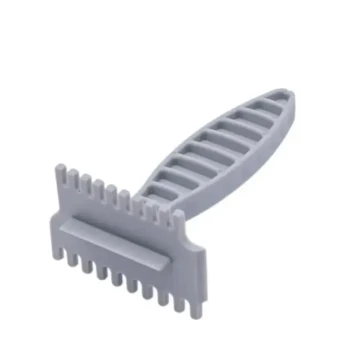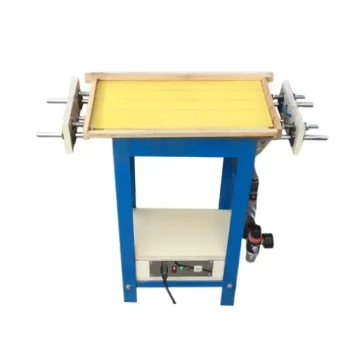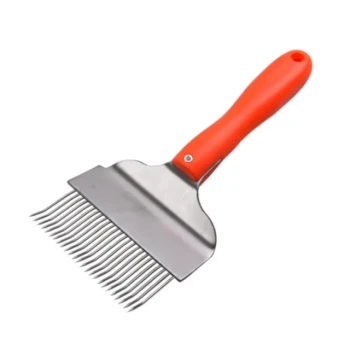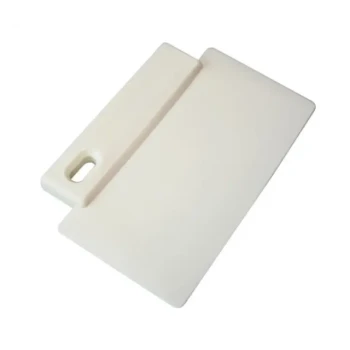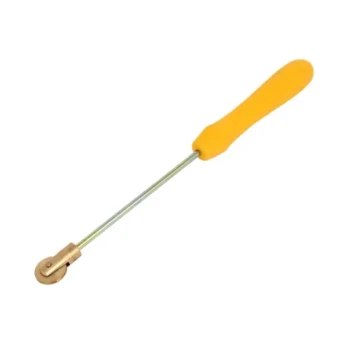The primary types of pollen traps are categorized by their placement on the beehive. The most common designs include bottom-mounted traps that replace the hive's floor, and entrance-mounted or "front porch" traps that attach to the hive's main opening, with variations made from wood or plastic.
A pollen trap is more than just a piece of equipment; it's a management tool that must be chosen based on your specific goals for collection efficiency, ease of use, and most importantly, the overall health of your colony.
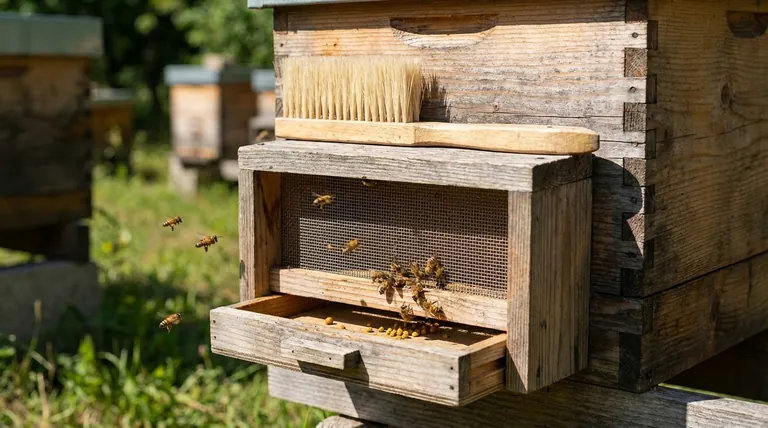
The Core Principle: How All Pollen Traps Work
Pollen traps operate on a simple mechanical principle. They are designed to gently dislodge the pollen pellets (corbiculae) from a returning honeybee's legs without harming the bee.
The Grated Barrier
As a forager bee returns to the hive, it must pass through a screen, mesh, or a series of precisely drilled holes. This barrier is just large enough for the bee to squeeze through, but small enough to scrape the pollen pellets from its legs.
The Collection Drawer
The dislodged pollen pellets fall through a lower screen into a protected collection tray or drawer. This screen prevents the bees from accessing the collected pollen while keeping it ventilated to prevent mold.
Unrestricted Exits
Crucially, a well-designed trap provides an alternate, unrestricted exit for bees leaving the hive. This minimizes traffic jams at the entrance and reduces stress on the colony.
Key Pollen Trap Designs by Placement
The location of the trap on the hive is the most significant design difference, influencing both collection volume and hive management.
Bottom-Mounted Traps
These traps are integrated directly into the hive structure, replacing the standard bottom board. Returning foragers enter through the trap at the base, and the pollen is collected in a large, often rear-accessible drawer.
Sundance pollen traps are a well-known example of this style, available for different hive sizes. They are highly efficient but require more effort to install.
Entrance (Front Porch) Traps
These are the most common and accessible type of trap. They are simply attached to the outside of the hive over the main entrance.
Bees are forced to pass through the trap's grid to enter the hive. Their ease of installation, removal, and monitoring makes them an excellent choice for beginner or small-scale pollen collection.
Understanding the Trade-offs and Considerations
Using a pollen trap effectively requires balancing your harvesting goals with the needs of the colony. It is not a "set and forget" tool.
Hive Health is Paramount
No pollen trap is 100% efficient, which is a good thing. The colony needs a significant amount of pollen to feed its brood. Traps should only be used on strong, healthy hives and engaged intermittently to ensure the bees can replenish their own stores.
Material and Construction
Traps are typically made of wood or plastic. Plastic models are often easier to clean and sanitize, while wood provides better insulation. The openings can be a wire mesh or drilled holes, with the size of the opening being critical for effective and safe pollen removal.
Potential for Pests
The collected pollen in the tray can attract pests like Small Hive Beetles. It is essential to harvest the pollen daily to prevent it from becoming a breeding ground for unwanted invaders and to maintain its freshness.
Choosing the Right Trap for Your Apiary
Your choice depends entirely on your operational goals and management style.
- If your primary focus is maximum collection efficiency: A bottom-mounted trap is the superior choice, as its integrated design processes nearly all returning foragers.
- If your primary focus is ease of use and flexibility: An entrance or "front porch" trap is ideal for its simple installation and the ability to quickly engage or disengage it.
- If your primary focus is minimizing hive disruption: Look for any model that features an easy bypass mechanism, allowing you to turn the trap "off" without having to remove it from the hive.
Ultimately, the best pollen trap is one that helps you achieve your harvest goals while respecting the natural needs and workflow of the colony.
Summary Table:
| Trap Type | Placement | Key Features | Best For |
|---|---|---|---|
| Bottom-Mounted | Replaces hive floor | High collection efficiency; integrated design | Maximum pollen yield from strong colonies |
| Entrance (Front Porch) | Attaches to hive entrance | Easy installation/removal; flexible use | Beginner beekeepers; ease of use and monitoring |
Ready to equip your apiary with the right pollen trap?
At HONESTBEE, we supply commercial apiaries and beekeeping equipment distributors with high-quality, durable pollen traps and other essential beekeeping supplies. Our wholesale-focused operations ensure you get the reliable equipment you need to maximize your harvest while maintaining colony health.
Contact HONESTBEE today to discuss your specific needs and get a quote!
Visual Guide
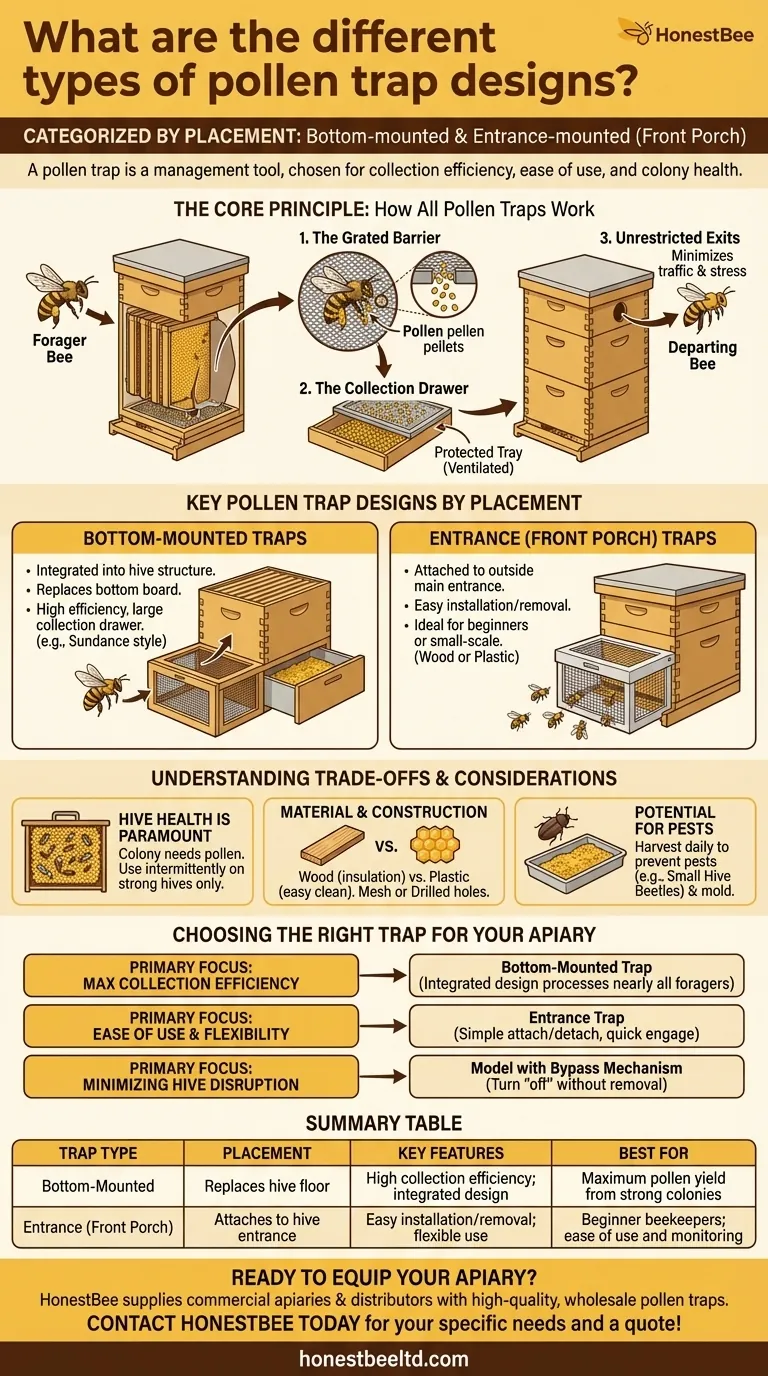
Related Products
- Wooden Bee Brush with Triple Row Artificial Fiber for Beekeeping
- HONESTBEE Advanced Ergonomic Stainless Steel Hive Tool for Beekeeping
- Full Set Beekeeping Electronic Bee Venom Collector Machine Device for Bee Venom Collecting
- Professional Galvanized Hive Strap with Secure Locking Buckle for Beekeeping
- Professional Dual-End Stainless Steel Hive Tool for Beekeeping
People Also Ask
- How does using a bee brush benefit beekeepers and the hive? Achieve Gentle, Stress-Free Hive Management
- What is the purpose of a bee brush? Master Gentle Hive Management for Healthier Bees
- What are the characteristics of the bristles on a bee brush? Designed for Gentle Persuasion, Not Force
- What are the key features of a popular bee brush? Essential Design for Bee Safety and Hive Hygiene
- What is the purpose of a bee brush? Gently Manage Your Hive with Precision
